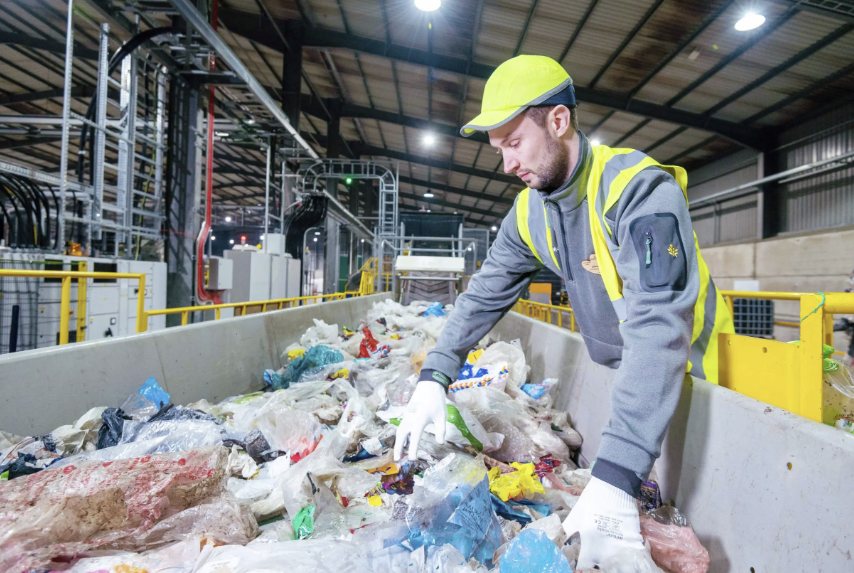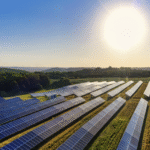Rethinking Waste: Building a Sustainable Future Through the Circular Economy
Rethinking Waste: Building a Sustainable Future Through the Circular Economy
Every morning, we throw things away without a second thought: a coffee cup, a plastic wrapper, maybe an old phone that no longer works. But in nature, there is no “away.” Everything is reused, recycled, or returned to the ecosystem in some form. What if our economies worked the same way? That idea—called the circular economy—is at the heart of a new vision for environmental sustainability.
The traditional “take-make-dispose” model of consumption has driven economic growth for decades, but it comes with hidden costs. Raw materials are mined and harvested at unsustainable rates, products are designed to be used briefly and discarded, and landfills continue to grow. This system not only drains natural resources but also contributes heavily to pollution and climate change. A circular economy, by contrast, asks us to design products and systems so that materials are kept in use for as long as possible, then recovered and regenerated at the end of their life.
In practice, this means reimagining almost everything around us. Electronics could be built with modular parts, so that instead of tossing out a broken phone, you replace just the faulty battery or screen. Clothing could be made from fibers that are easily recycled into new garments. Packaging could be compostable or reusable instead of single-use plastic. And businesses could shift from selling products to providing services—think of leasing appliances or cars that the manufacturer then maintains, repairs, and reuses.
The environmental benefits are enormous. According to the Ellen MacArthur Foundation, moving toward a circular economy could reduce global greenhouse gas emissions by billions of tons each year, while also easing pressure on water, land, and biodiversity. But it’s not just about the environment. Circular systems can also create new industries, jobs, and innovations. Companies that rethink their supply chains and product designs often find themselves saving money and attracting consumers who care about sustainability.
Individuals play a role too. Choosing to repair instead of replace, shopping second-hand, reducing food waste, and supporting brands that embrace sustainable practices all push the system toward circularity. Community-level initiatives—like tool-sharing libraries, composting programs, and local recycling hubs—can make these choices easier and more accessible.
Still, challenges remain. Recycling infrastructure varies widely between regions, and many products are not yet designed with reuse in mind. Policies are needed to encourage producers to take responsibility for their products across their full life cycle. Education is also key—people need to understand not just how to recycle, but why rethinking consumption itself is so important.
What’s exciting is that the idea of circularity aligns with something deeply intuitive. Nature has operated on circular principles for billions of years: leaves fall, decompose, and enrich the soil for new growth. Rivers carry nutrients that sustain countless ecosystems. Nothing is wasted. If human societies can learn from that wisdom, we can create cities and economies that thrive without exhausting the Earth.
Environmental sustainability isn’t just about cutting back—it’s about creating smarter systems where growth and responsibility go hand in hand. By embracing the circular economy, we’re not only reducing waste but also building a future where our prosperity no longer comes at the planet’s expense.
Yunbo Zhu


